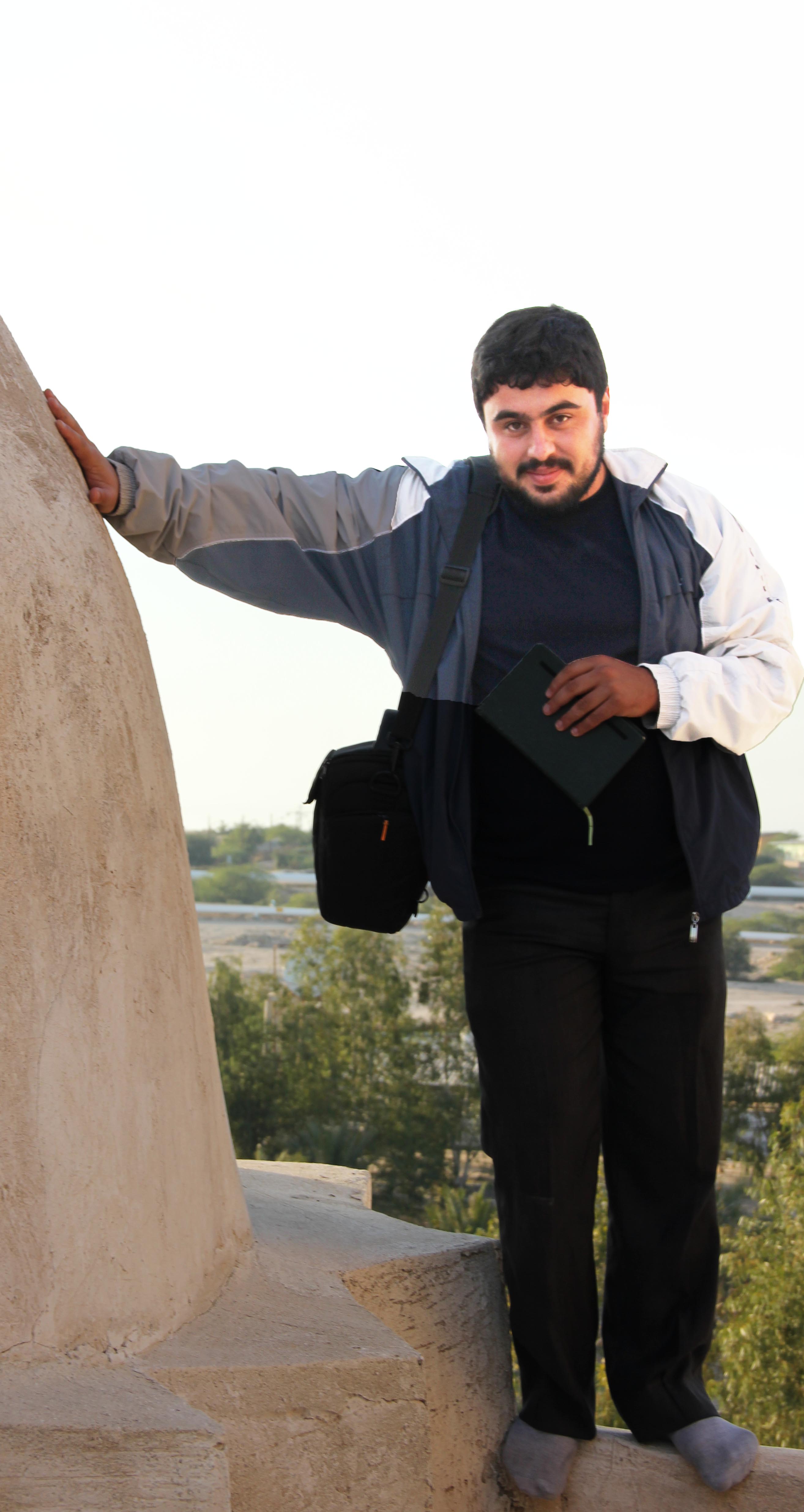تولید علم ما
مطلب زیر بازنشری از مقاله ای در مجله ی NS یا همان newscientist است. ابتدا مقاله را بخوانید:
=============
It might be the Chinese year of the tiger, but scientifically, 2010 is looking like Iran's year.
Scientific output has grown 11 times faster in Iran than the world average, faster than any other country. A survey of the number of scientific publications listed in the Web of Science database shows that growth in the Middle East – mostly in Turkey and Iran – is nearly four times faster than the world average.
Science-Metrix, a data-analysis company in Montreal, Canada, has published a detailed report (PDF) on "geopolitical shifts in knowledge creation" since 1980. "Asia is catching up even more rapidly than previously thought, Europe is holding its position more than most would expect, and the Middle East is a region to watch," says the report's author, Eric Archambault.
World scientific output grew steadily, from 450,000 papers a year in 1980 to 1,500,000 in 2009. Asia as a whole surpassed North America last year.
Nuclear, nuclear, nuclear
Archambaut notes that Iran's publications have emphasised inorganic and nuclear chemistry, nuclear and particle physics and nuclear engineering. Publications in nuclear engineering grew 250 times faster than the world average – although medical and agricultural research also increased.
Science-Metrix also predicts that this year, China will publish as many peer-reviewed papers in natural sciences and engineering as the US. If current trends continue, by 2015 China will match the US across all disciplines – although the US may publish more in the life and social sciences until 2030.
China's prominence in world science is known to have been growing, but Science-Metrix has discovered that its output of peer-reviewed papers has been growing more than five times faster than that of the US.
Euro-puddings
Meanwhile, "European attitudes towards collaboration are bearing fruit", writes Archambaut. While Asia's growth in output was mirrored by North America's fall, Europe, which invests heavily in cross-border scientific collaboration, held its own, and now produces over a third of the world's science, the largest regional share. Asia produces 29 per cent and North America 28 per cent.
Scientific output fell in the former Soviet Union after its collapse in 1991 and only began to recover in 2006. Latin America and the Caribbean together grew fastest of any region, although its share of world science is still small. Growth in Oceania, Europe and Africa has stayed at about the same rate over the past 30 years. Only North American scientific output has grown "considerably slower" than the world as a whole.
"The number of papers is a first-order metric that doesn't capture quality," admits Archambaut. There are measures for quality, such as the number of times papers are cited, and "Asian science does tend to be less cited overall".
But dismissing the Asian surge on this basis is risky, he feels. "In the 1960s, when Japanese cars started entering the US market, US manufacturers dismissed their advance based on their quality" – but then lost a massive market share to Japan. The important message, he says, is that "Asia is becoming the world leader in science, with North America progressively left behind".
If you would like to reuse any content from New Scientist, either in print or online, please contact the syndication department first for permission. New Scientist does not own rights to photos, but there are a variety of licensing options available for use of articles and graphics we own the copyright to.
می خواهم بگویم طبق آن چه که در ISI منتشر می شود ما بیشترین رشد علمی در جهان را داریم. البته می توانید مجله ی science-metrix را از این لینک دانلود کنید.
البته من هم شک داشتم که چنین چیزی حقیقت داشته باشد تا این که لینک بالا را در صفحه ی وب دکتر محمد قدسی در دانشگاه صنعتی شریف دیدم. دکتر قدسی از برجسته ترین اساتید کامپیوتر است که اولین بار برنامه ی مهم FTex را نوشت. یکی دو نموادر همین مجله را این جا می گذارم.

